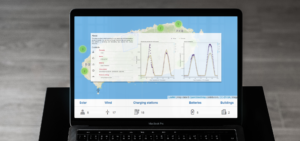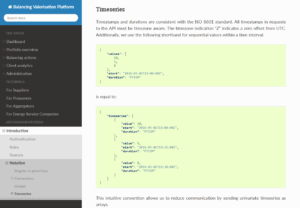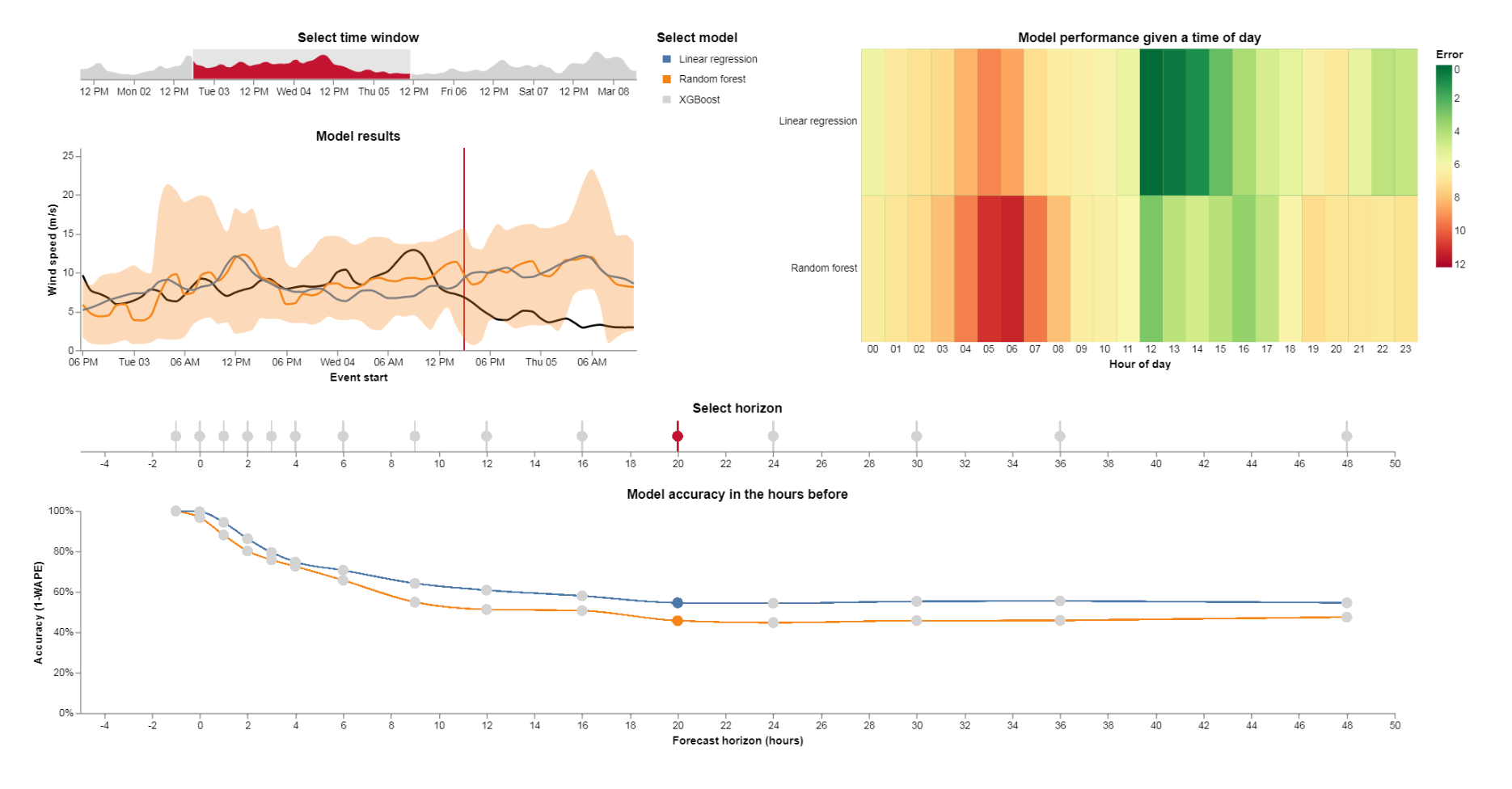The FlexMeasures platform
The smart EMS for real-time energy flexibility apps & services. Help customers go green rapidly, scalable & on top of open source.

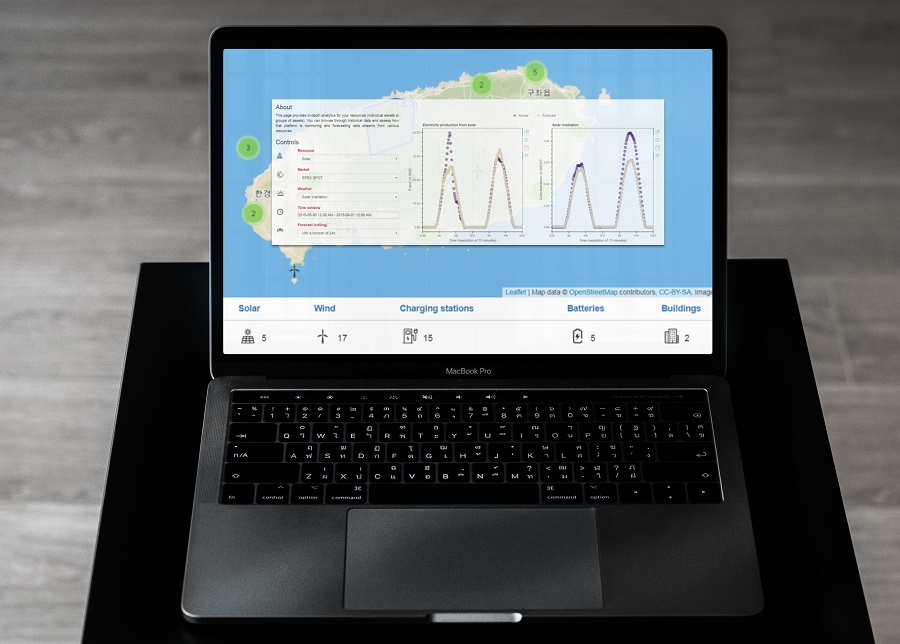
Value drivers
How we believe FlexMeasures can make a difference
Simulate & Operate
Enabling both simulations and real-time operations makes FlexMeasures a unique tool
Architecture
How the FlexMeasures EMS becomes the centerpiece of flexible energy solutions
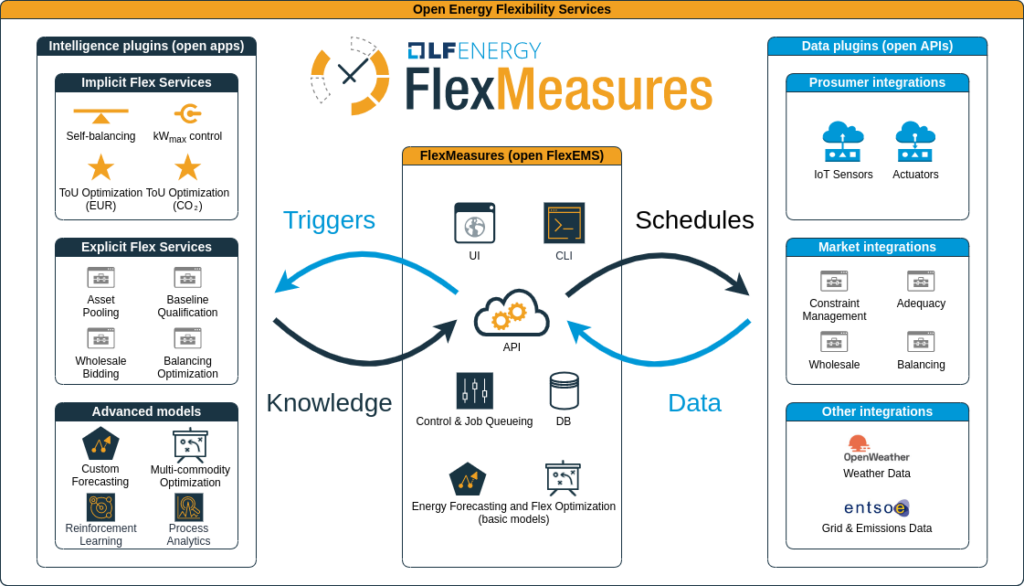
Features
A more detailed view
Hit the ground running
Did you know that we offer hosting support of FlexMeasures and help with developing services?


